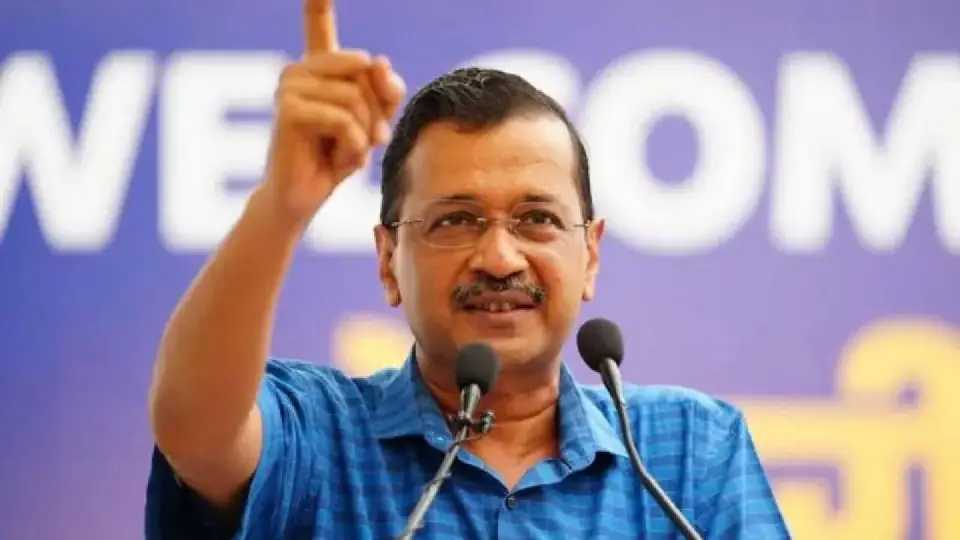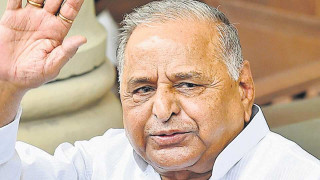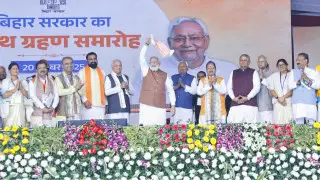
Goa Elections, AAP Campaign (Credit: OpenAI)
New Delhi: AAP’s latest declaration to contest all fifty panchayat seats in Goa marks a bold political move. It shows the party’s readiness to shift decision-making from elite power circles to local communities. Leaders say their focus is on real village needs like roads, water and health. Unlike past campaigns, the party is not relying on promises but claiming structured preparation. Their approach is simple-give direct power to villages instead of central control. This strategy could change how local administration functions if voters respond positively. It also puts pressure on old parties that ignored core community issues.
The candidate list includes young faces, women, social volunteers and representatives from different communities. AAP believes varied leadership brings long-term trust. Their workers say most candidates have ground-level understanding, not just political background. Party insiders highlight how similar models in Delhi and Punjab helped transform basic services. In Goa, expectations are that local bodies will be driven by direct public involvement. If voters connect with this idea, panchayats could become centres of transparent administration. Supporters say this is not just an election tactic but a governance shift.
Public reaction suggests growing dissatisfaction with the current BJP-led government. Many villagers complain about rising costs, job scarcity and weak local administration. Development claims appear mostly active on posters and digital campaigns, while real ground issues remain untouched. Panchayat powers have reduced, making local representatives feel sidelined. AAP’s campaign directly counters this with strong grassroots-focused messaging. Political experts note that a complete-seat contest puts ruling leaders under pressure. This sets the stage for an intense electoral battle.
AAP’s leadership openly says their fight is not only to win but to rewrite political direction in Goa. They argue that governance must flow from villages upward, not from capital downward. Their strategy aims to involve every candidate in public conversation rather than centralised speeches. The party believes panchayat leaders should act as direct contact points for families. Observers think such a campaign may force other parties to revise their tactics. If successful, this may redefine future election patterns.
Insiders reveal that AAP has been quietly strengthening its organisation in Goa over recent years. Unlike earlier campaigns, this time the party has structured ward-level teams working months in advance. Their volunteers claim that data-based planning has been used to map local concerns. Clean image and service-oriented branding are being pushed across constituencies. Party members say they are not relying solely on campaign rallies but on person-to-person engagement. Analysts believe such planning could impact rural voters deeply.
Current polls indicate a rising interest among young voters looking for governance rather than political drama. Many feel that local issues deserve more attention than large ideological debates. AAP is presenting itself as a practical alternative with focus on service delivery. Meanwhile, ruling members are defending their past record with aggressive promotion. With both sides stepping into a direct contest, rural Goa could witness sweeping changes. Election mood suggests the outcome may surprise traditional political observers.
As full candidate rollout nears, campaign energy is visibly building in remote villages. Supporters are stressing transparency and public involvement as main tools. For the ruling side, this has created an unexpected challenge. Experts say if AAP sustains its pace till polling day, competition will be intense. Local residents now have a clear choice between controlled governance or community-driven leadership. The election has turned from routine to highly strategic within days. Political watchers predict high voter participation this time.













Copyright © 2025 Top Indian News
